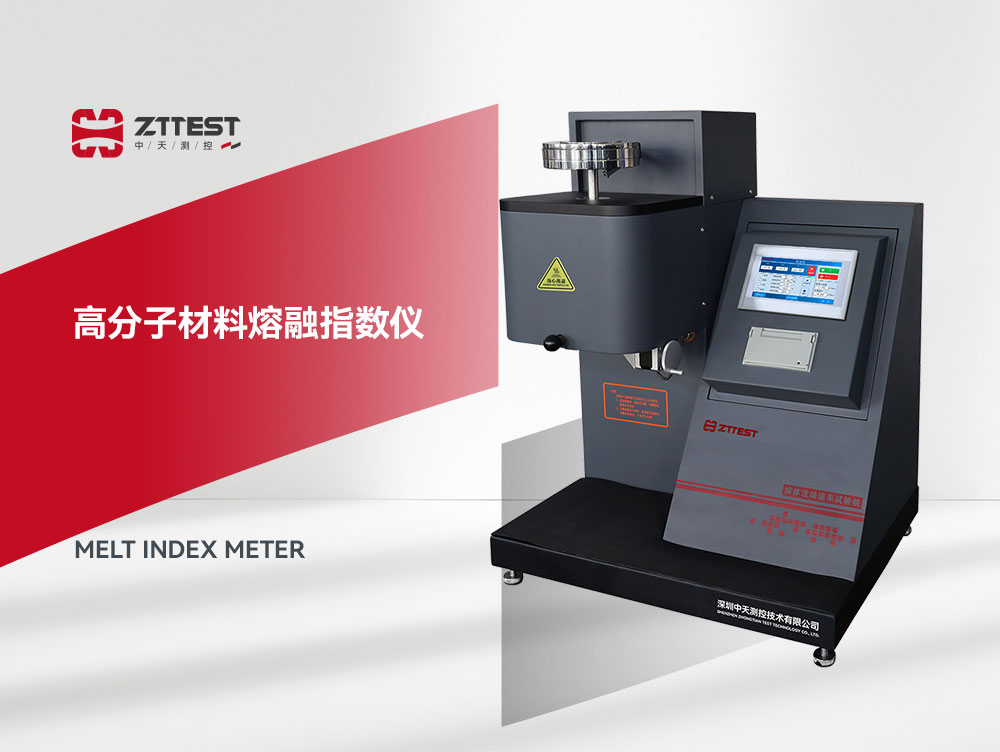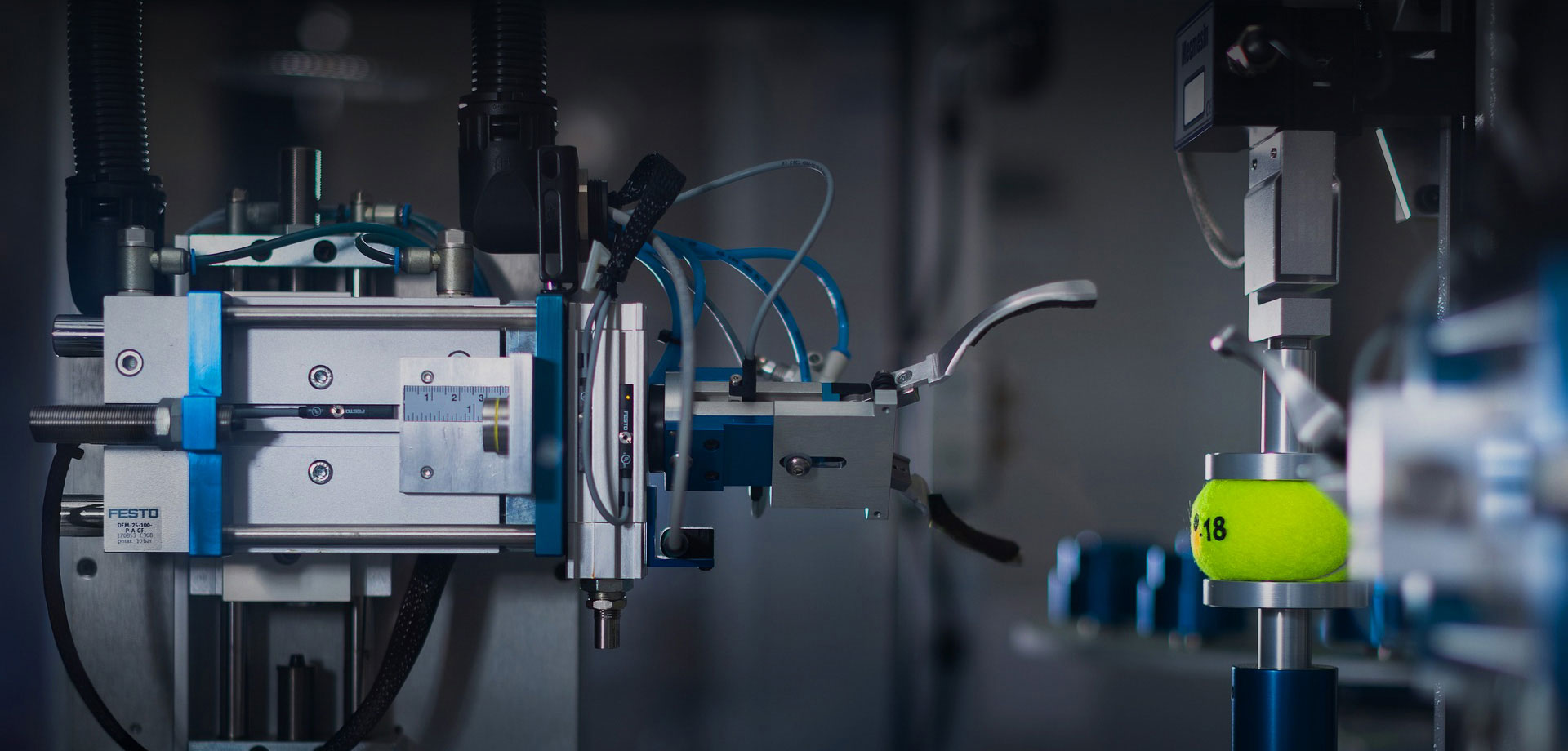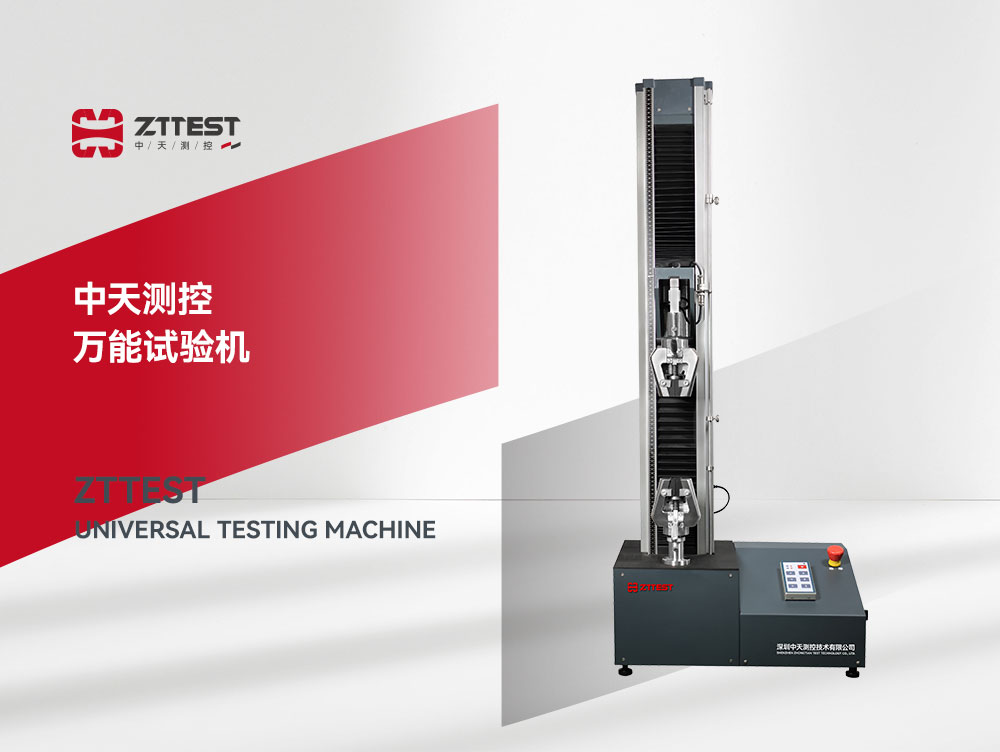The fluidity of plastic materials is a critical indicator affecting their processing performance. The Plastic Melt Flow Index Tester (Melt Flow Index Tester, MFI Tester) is a specialized device designed to measure the melt flow rate of plastics. Widely used in plastic manufacturing enterprises, research institutes, and quality inspection agencies, this equipment provides precise data support for quality control and process optimization of plastic materials. This article details the product features, industry applications, testing methods, and usage precautions of the plastic melt flow index tester.

I. Introduction to the Plastic Melt Flow Index Tester
The Plastic Melt Flow Index Tester is primarily used to determine the melt flow properties of thermoplastics under specific temperature and load conditions. Key measurement parameters include:
Melt Mass-Flow Rate (MFR): The mass of extruded melt per unit time (g/10min), suitable for materials with uniform density.
Melt Volume-Flow Rate (MVR): The volume of extruded melt per unit time (cm³/10min), used for comparing materials with varying densities.
Key Features:
Precise Temperature Control: Equipped with a high-precision PID temperature control system, with temperature deviation controlled within ±0.2℃.
Multi-Load Selection: Supports weights such as 2.16kg, 5.0kg, and 10kg to meet diverse testing requirements.
Fully Automated Testing: High-end models feature automatic sample cutting and MFR/MVR calculation, improving testing efficiency.
Compliance with International Standards: Meets ISO 1133, ASTM D1238, GB/T 3682, and other standards, ensuring global comparability of test data.
II. Industry Applications of the Plastic Melt Flow Index Tester
1. Quality Inspection of Plastic Raw Materials
Ensures melt flow indices of polyethylene (PE), polypropylene (PP), polycarbonate (PC), and other plastics meet processing requirements, avoiding flow-related issues during production.
2. Plastic Product Manufacturing
Monitors raw material fluidity during production to ensure consistency across batches and enhance product stability.
3. Research Institutions and University Laboratories
Facilitates research on new polymer materials, optimizes formulations, and improves processing performance and end-product quality.
4. Recycled Plastics Industry
Evaluates the processability of recycled plastics through melt flow index testing, ensuring stable performance when blended with virgin materials.
5. Quality Inspection Agencies
Third-party testing agencies utilize this device to provide melt flow performance reports, ensuring compliance with industry standards.

III. Testing Methods for Plastic Melt Flow Index
1. Sample Preparation
Sample Form: Plastic pellets or powder, must be dry and free of impurities.
Sample Weight: Typically 4-10g, adjustable based on material fluidity.
2. Equipment Setup
Set Test Temperature (e.g., 230℃ for PP, 190℃ for PE).
Select Appropriate Load Weight (e.g., 2.16kg or 5kg).
Preheat the Device to the set temperature and stabilize for 5-10 minutes.
3. Conducting the Test
Load the Sample and allow it to fully melt.
Apply Load to extrude molten plastic through the standardized die.
Record Extrudate Mass or Volume to calculate MFR or MVR.
4. Data Calculation
The device automatically calculates melt flow rates. Advanced models support data storage and report generation.
IV. Precautions for Equipment Usage
Calibrate the Equipment Before Testing
Regularly inspect temperature control systems and load weights to ensure accuracy.
Validate with standard reference materials before testing to prevent data deviation.
Proper Sample Handling
Dry moisture-affected samples to avoid impact on fluidity.
Prevent contaminants from entering the device to avoid die clogging.
Regular Equipment Cleaning
Clean the heating chamber and die after each test to eliminate residue.
Use dedicated cleaning tools to avoid damage.
Follow Safety Protocols
Wear heat-resistant gloves during operation to prevent burns, as the device operates at high temperatures.
Avoid testing flammable or explosive materials to prevent hazards.
V. Conclusion
The plastic melt flow index tester is an essential tool for quality inspection, production control, and R&D in the plastics industry. By measuring melt flow properties, it provides scientific insights for material selection and process optimization. With advancements in intelligence and automation, future melt flow index testers will deliver higher precision, efficiency, and features such as cloud-based data analysis and remote monitoring, driving the plastics industry toward a smarter era.
If you are seeking a high-performance Plastic Melt Flow Index Tester, please contact us for tailored solutions!



















